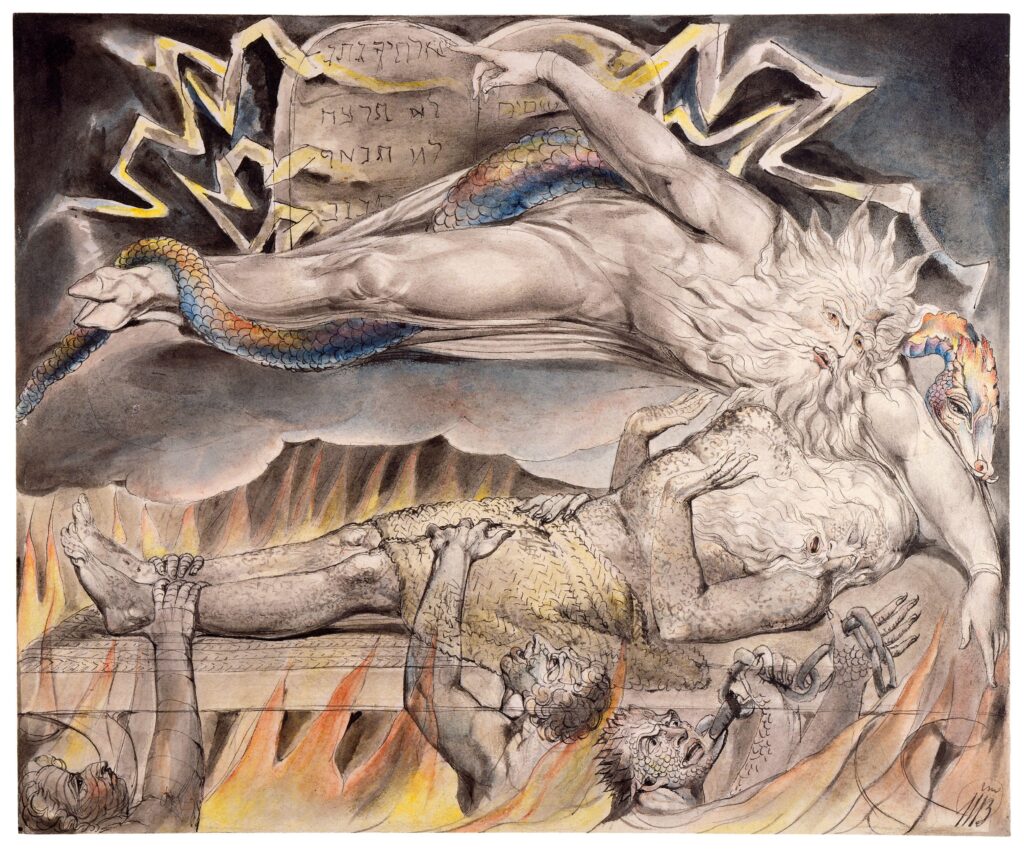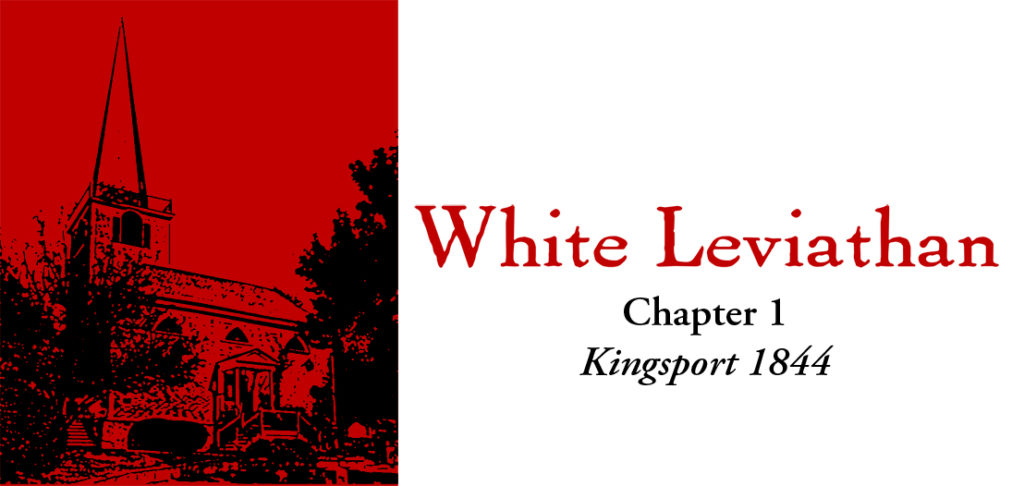Kingsport 1844: Public Library
- At July 19, 2021
- By Great Quail
- In Call of Cthulhu
 0
0
15) Kingsport Public Library
906 Howard Street, Downtown. Est. 1745
A) History
The Kingsport Public Library is a plain two-story building guarded by a poorly-carved stature of a lion. Locals refer to this guardian as “the sea-lion,” a reference to its vaguely seal-like shape and rounded snout. Established by the Anglican Church in 1745 as a parochial library, the collection was sacked during the Patriot riots that shuttered St. Michael’s. In 1785 the building was purchased by a consortium of merchants and sea captains who established a private subscription library devoted to nautical material. In 1832, Saladin Tuttle bequeathed $7500 for the “renovation of the Howard Street Library and the establishment of a collection available to all Kingsport residents,” and the Kingsport Public Library was born. Although not yet a lending library, the board of trustees are pressuring the Tuttle family to take this final step in celebration of the library’s imminent centennial.
B) Interior
The opulent interior of the library belies its unremarkable exterior. It’s furnished in dark mahogany, boasts luxurious French furniture, and features stained-glass windows set with nautical themes. Antique sea charts and ornate maps decorate the walls, and the librarian’s desk is carved from a figurehead of Minerva that once graced an eighteenth-century Illsley merchantman. The most impressive feature of the library is the Saladin Tuttle Reading Room, a two-story chamber featuring carved columns and a wooden railing surrounding the upper gallery. An early eighteenth-century map of Essex County is framed on the gallery railing, and a large globe occupies the center of the floor. Created in 1832, the globe offers up-to-date cartography on the Indies and the Far East. The corners of the room feature glass cases displaying the library’s literary treasures, including Price Byram’s damaged copy of the Malleus Maleficarum, a first-edition Paradise Lost published by Simmons in 1667, Increase Mather’s handwritten manuscript of Remarkable Providences, a Baskett “Vinegar” Bible brought to Kingsport by Roger Illsley in 1719, and a first-edition copy of Emmanuel Swedenborg’s De Caelo et Eius Mirabilibus et de Inferno. The room’s most recent additions are perhaps the most striking—four watercolors painted by William Blake. On loan from Judge Return Whicher, the watercolors are Blake’s own reproductions of his Illustrations of the Book of Job, originally created for Thomas Butts, and include Job’s Sons and Daughters Overwhelmed by Satan, Job’s Evil Dreams, When the Morning Stars Sang Together, and Behemoth and Leviathan. These reproductions are considerably more faithful than the Linell tracings of 1821, and were commissioned by Whicher himself in 1809.
 William Blake, “Job’s Evil Dreams.” That guy in the lower right? Definitely not a Deep One.
William Blake, “Job’s Evil Dreams.” That guy in the lower right? Definitely not a Deep One.
C) Personalities
The library is maintained by Alan B. Rook, who happens to be a member of the Kingsport Cult.
Alan B. Rook
Age 54, Nationality: American, Birthplace: Philadelphia, 1790. Kingsport Cult: Second Degree Initiate.
| STR 50 | CON 65 | SIZ 55 | DEX 45 | INT 60 |
| APP 40 | POW 60 | EDU 45 | SAN 60 | HP 12 |
| DB: 0 | Build: 0 | Move: 5 | MP: 12 | Luck: 60 |
Combat
| Brawl | 50% (25/10), damage 1D3 |
| Dodge | 30% (15/6) |
Skills
Accounting 15%, Appraise 50%, Art/Craft (Create Roleplaying Games) 85%, Charm 1%, Credit Rating 25%, Cthulhu Mythos 10%, History 50%, Intimidate 35%, Kingsport Cult 20%, Law 15%, Library Use 85%, Listen 60%, Occult 40%, Persuade 30%, Psychology 30%, Renown 10%, Spot Hidden 65%, Stealth 20%.
Description
Alan Rook is a nasty piece of work, a petty tyrant with a bristling beard, a mop of unkempt hair, and a needlessly sharp tongue. Having failed out of Miskatonic University, Rook is animated by a barely-suppressed hostility for everyone smarter than himself. Rook lords over the library, mistaking it for his own personal collection, and is personally responsible for a 40% decline in visitors since appointed to the position in 1842.
Bearding the Lion in His Den
Rook greets all visitors with a truculent glare, regarding strangers as little more than potential book thieves. To call him “unhelpful” is an understatement. Any connie with a special request must make a Persuade roll to coax Rook into finding the desired book, otherwise he simply lies—“Never heard of it. Don’t have it. Try Arkham.” Needless to say, the treasures under glass are off-limits to visitors. Fortunately Rook is only a second-degree Initiate, and even his fellow cultists find him disagreeable. Unlikely to rise any further in the Covenant, Rook has no knowledge of their plans to resurrect Dagon, and remains blissfully unaware of Sleet, Baker & Blood’s connections to the Bons pêcheurs. However, anyone asking for a Mythos text, mentioning Dagon, or digging into the Kingsport Cult raises a red flag; and unless Rook is pacified by a successful Charm or Persuade roll—“Well, I heard about that craaaazy new lodge in Innsmouth, and I’m just curious”—he’ll report the querent to Jacob Macy. (See “Cult Pushback” for details.)
D) The Collection
The library’s sizable collection leans towards nautical subjects, New England history, the Revolutionary War, and Puritan theology. There’s also a number of charts, maps, ledgers, and logbooks. The collected works of Return Whicher are prominently on display in the Saladin Tuttle Reading Room, and the Judge himself donated $1000 to the library when he retired from the Board of Selectmen in 1840.
The only books specifically about the occult are Puritan works in the vein of Joseph Glanvill and Cotton Mather, and the only Mythos tomes are peripheral at best, including Glanvill’s famous treatise against witchcraft, Saducismus Triumphatus, Ambrosius Morryster’s fanciful Marvells of Science, and Abraham Hartwell’s English translation of Pigafetta’s Regnum Congo, complete with its ghastly image of the “cannibal butcher’s shop.” (See H.P. Lovecraft, “The Picture In the House.”) The library owns a rare copy of Ward Phillip’s Thaumaturgical Prodigies in the New-England Canaan, but because it discusses the Bons pêcheurs de la flamme viridienne, it remains out of sight. If asked about the book, Rook replies brusquely—“All copies of that deceitful screed were burned by its wretched author years ago.” (Untrue, as Philip’s book may be found in the Paxton Llanfer Library at the Byram Theological Seminary. See Encounter 33 for details.)
Research at the Kingsport Public Library
Rook’s abrasive manner makes performing research in the library unnecessarily challenging, and even locating something as simple as the Bible requires a Library Use roll. Despite this resistance, persistent player characters may compile research on two important topics.
Tuttle/Black Macy Clan
Spending 1D3+1 hours digging through town records and making a successful Library Use roll earns the Handout: History of Kingsport Whaling. A second Library Use roll allows a player to construct a family tree of the entwined Tuttle and Macy clans, earning the Handout: Macy-Tuttle Family Tree. This research may annoy Rook, but it doesn’t raise any red flags—after all, they are prominent Kingsport families, and not even Rook knows the extent of their involvement in the Covenant.
Dagon
Whether player characters are curious about Innsmouth’s new cult, or stumbled across the name Dagon during their investigations in Kingsport, they may wish to research this Philistine deity. A Regular Religion or a Hard Education roll recalls the name Dagon from the Bible, specifically 1 Samuel 5. However, a deeper dive is required for more detailed information. One hour of research and a successful Library Use roll discovers the material summarized in Handout: Research on Dagon. If the characters want more, another hour of research followed by a second Library Use roll secures Handout: Research on the Philistines. This information may also be acquired—and more easily—at the Byram Theological Seminary.
What are emerods?
In 1 Samuel 5, men become smitten with “emerods.” Nineteenth-century characters would recognize this as an archaic term for “hemorrhoids.” However, a Regular Medicine roll, a Hard Religion roll, or a Hard Library Use roll calls this translation into question: many scholars believe that Biblical “emerods” actually refer to tumors, insect bites, parasitic swellings, or plague buboes.
White Leviathan > Chapter 1—Kingsport 1844
[Back to Encounter 14, Kingsport Chronicle | White Leviathan TOC | Forward to Encounter 16, Marine Bank]
Author: A. Buell Ruch
Last Modified: 25 November 2023
Email: quail (at) shipwrecklibrary (dot) com
White Leviathan PDF: [TBD]

